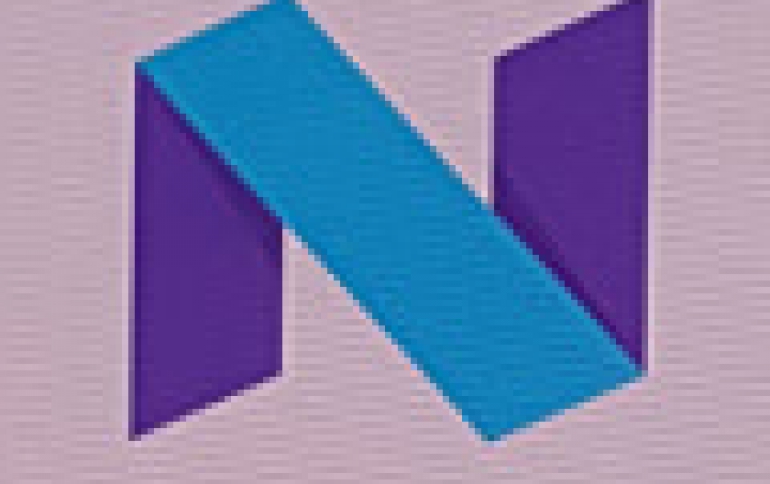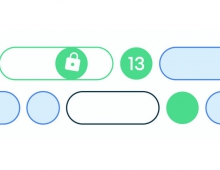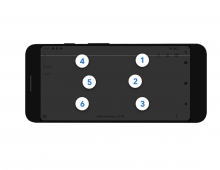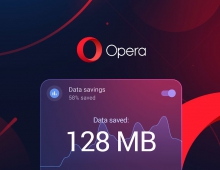
Focusing On Android N
At its Google I/O developer conference, Google detailed many of the new features headed to the next vesion of Android, so let's summarize them. As we saw in our report yestserday, Android N brings new features as well as a bevy of new apps that will accompany the platform.
Google says it believes the Vulkan 3D rendering API will deliver huge performance gains in Android N. The successor to OpenGL and a competitor to Microsoft’s DirectX and Apple’s Metal gives developers more control over the processor inside the phone, letting games tap into more of the processor's power. It should boost 3D graphics rendering, and includes a new compiler that allows apps to use fewer resources. APps will be installed faster and will be also smaller in size.
Android N also takes a page from Google's own Chromebooks. The core operating system will be able to download security and system updates automatically in the background. Google says this will improve security across the platform. Android N also adds file-level encryption and end-to-end protection for certain messaging features. Last, Android N resolves a long-standing vulnerability with respect to retrieving media files.
Android N will benefit from SafetyNet - a cloud-based machine learning system that can predict when apps will misbehave and even uninstall them even if they weren’t installed from Google Play.
Productivity is top of mind in Google, which is why Android N adds split-screen multitasking and picture-in-picture.
The iOS 9 TouchWiz-style split view and picture-in-picture capabilities will let you use more than one app onscreen simultaneously. In addition, unused apps will be removed from the app switcher list, while quickly double tapping the app switcher button quickly jumps back to your last used app.
The picture-in-picture function will let YouTube videos, for example, run in a smaller window while users complete other tasks.
Notifications in Android get updated too. You can long tap on a notification to adjust the the visibility settings for that app’s notifications. Plus, for messaging app notifications, you can reply to a message without leaving your current app directly from the notification.
Android Instant Apps are another interesting idea. Android users will be able to consume content even if the content requires an app that's not installed on the phone. For example, let's say you don't have YouTube on your phone, but a friend shares a YouTube video with you via message. With Android Instant Apps, clicking the YouTube link in the message body will cause the content to install the needed components of YouTube to view that content. Those components will only be installed temporarily, but people will be given the option to download the full app.
Android N will also form the basis of Daydream, a new virtual reality platform from Google.
Daydream will give developers a base set of guidelines for creating virtual reality apps that will work across a wider range of devices. Phone makers have committed to bringing Daydream-compatible phones by the fall. Compatibility will be based on the display, graphics, and processor power. Daydream also includes a VR headset blueprint that manufacturers can use to create headsets.
There will be a standardised interface for buying and launching VR apps while you’re actually in VR - effectively a VR home screen and Google Play store.
Google has promised a host of VR apps including its own YouTube and Google Play Movies as well as CNN and Netflix plus games from Ubisoft and Netflix.
Google also previewed Android Wear 2.0, which focuses on usability tweaks. It takes aim at messaging, fitness, and watch faces. Messaging, for example, will be easier thanks to expanded preformed replies, better handwriting support, and keyboards. Android Wear 2.0 also includes an automatic activity tracker that will start recording runs, bike rides, and other activities when those activities are sensed. In addition, Android Wear users will be able to add interactive tools to watch faces so the wearable displays the content they really want to see.
Android N sets its sights on automakers as well. Car manufacturers are relying on Android Auto to serve as the basis for their in-dash infotainment centers. Now Google is creating a version of it that will work independent of a nearby smartphone. Google is also creating a version of Android Auto that will function only on phones, allowing people who own or drive older cars to use it even when the car doesn't support it. Google has partnered with Qualcomm to bring its Snapdragon processor platform to Android Auto, and that will give in-car systems more horsepower to drive apps.
Google N is currently available in a "stable" beta build, which can be installed on smartphones and tablets. The Android N Developer Preview 3, compatible with the Nexus 6, 9, 5X, 6P, Nexus Player, and Pixel C, is available now.





















